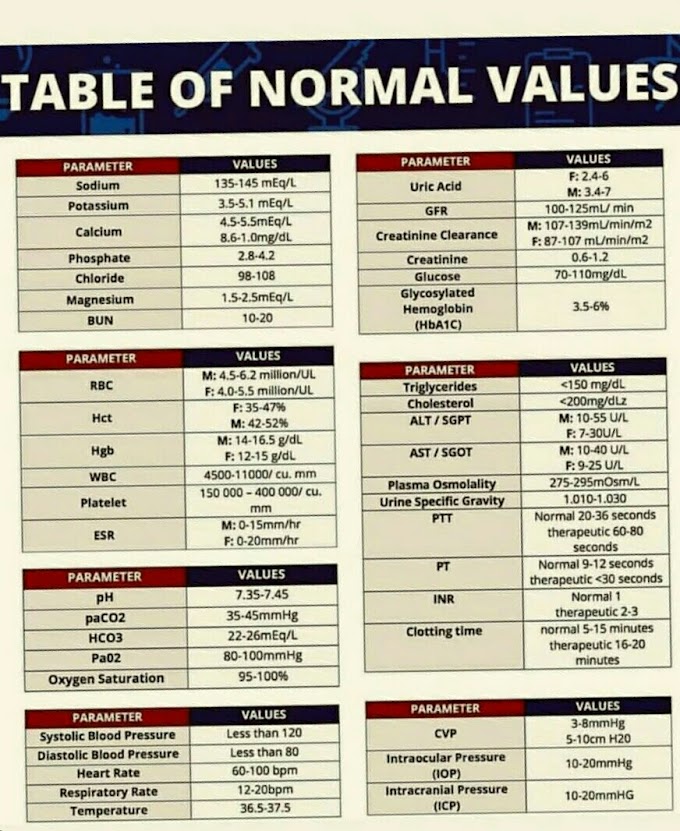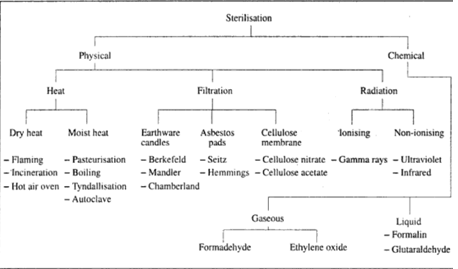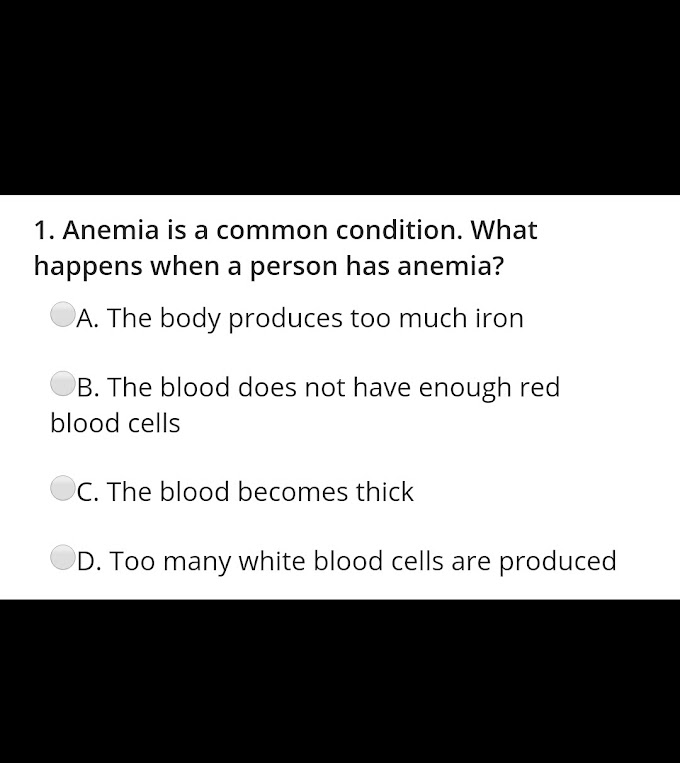CRYSTALS in urine
 Crystals
and other amorphous chemical substances form the unorganized sediment of urine.
Normal urine contains many chemicals from which crystals or amorphous
precipitation can be formed.
Crystals
and other amorphous chemical substances form the unorganized sediment of urine.
Normal urine contains many chemicals from which crystals or amorphous
precipitation can be formed.
Remain in solution
and appear in the sediment when the urine is allowed to stand at room
temperature, and more so, if refrigerated.
The crystals have a refractile striking appearance, but most of the times are clinically insignificant. However, it is necessary to identify the crystals and the amorphous material because.
The crystals have a refractile striking appearance, but most of the times are clinically insignificant. However, it is necessary to identify the crystals and the amorphous material because.
(i) If
present in large numbers the crystals can obscure the more important organised
sediments such as leukocytes, red cells and casts.
(ii)
Presence of some crystals is associated with the formation of renal calculi
(kidney stones). Formation of sulphonamide crystals in the kidney may result in
renal damage.
cator or mixing sticks and starch granules can be mistaken for various formed elements of urine. Careful examination can distinguish them. Unorganised Sediment Crystals and other amorphous chemical substances form the unorganised sediment of urine. Normal urine contains many chemicals from which crystals or amorphous precipitation can be formed.
cator or mixing sticks and starch granules can be mistaken for various formed elements of urine. Careful examination can distinguish them. Unorganised Sediment Crystals and other amorphous chemical substances form the unorganised sediment of urine. Normal urine contains many chemicals from which crystals or amorphous precipitation can be formed.
remain in
solution and appear in the sediment when the urine is allowed to stand at room
temperature, and more so, if refrigerated. The crystals have a refractile
striking appearance, but most of the times are clinically insignificant.
However, it is necessary to identify the crystals and the amorphous material
because.
(i) If
present in large numbers the crystals can obscure the more important organised
sediments such as leukocytes, red cells and casts.
(ii)
Presence of some crystals is associated withthe formation of renal calculi
(kidney stones). Formation of sulphonamidecrystals in the kidney may result in
renal damage.
(ii)
Presence of some crystals is associated with the formation of renal calculi
(kidney stones). Formation of sulphonamidecrystals in the kidney may result in
renal damage. Some crystals such as cystine, leucine and tyrosine indicate
serious metabolic disorders.
If detected in urine microscopy they should be identified by confirmatory tests. Table 4.4 shows characteristics of crystals and amorphous deposits in urine.
1. Crystals
associated with metabolic disorders-- These crystals are found in the urine of
an acidic pH.
(i) CRYSTALS- crystals These crystals are insoluble in acid pH and therefore, appear in acid urine. They are refractile, colourless, hexagonal crystals. These crystals may be mistaken for hexagonal forms of uric acid. Cystine crystals are soluble in 30 % hydrochloric acid where as uric acid is insoluble in it. Both are soluble in alkali. Confirmation of cystine crystals is done by cyanidenitroprusside reaction. Presence of cystine in urine (cystinuria) is an amino acid disorder. It may lead to formation of renal stones and kidney damage.
Leucine crystals These are yellow spherical crystals
with radial and concentric striations. They may appear like fat globules but
unlike fat, they are insoluble in ether. They usually occur with tyrosine
crystals in severe liver disease. Both are precipitated if alcohol is added to
the urine
.
Tyrosine crystals- These are colourless or yellow
(appear black while focusing) fine, silky needles arranged in sheaves or
clumps. They are precipitated with alcohol. Tyrosine crystals are very rarely
seen in severe liver disease.
Cholesterol crystals- These are large, flat rectangular
plates with cut-out corners, which are soluble in chloroform, ether and
alcohol. They are insoluble in acid or alkali. They are rarely found in urine
in severe kidney disease.
(i) Uric acid crystals Uric
acid crystals form a variety of shapes and are usually yellow or yellowish
brown in colour. The most common form is four sided, flat or laminated. They
also occur as rhombic plates, oval forms with pointed ends, rosettes, wedges or
irregular plates. Sometimes they appear as colourless plates, resembling
cystine. They can be differentiated by the non-solubility of uric acid in
dilute HCI.
(ii) Calcium oxalate crystals These are small colourless,
octahedron crystals appearing like envelopes of varying sizes. Rarely they may
take dumb bell shape or oval shape which may resemble red cells. They are
insoluble in acetic acid unlike red cells. They are the most common type of
crystal seen in normal urine at neutral or slightly acidic pH.
(i) Amorphous urates (sodium, potassium, calcium, magnesium) These are small amorphous granules which may appear in a slightly acidic urine. The urine appears pinkish or reddish brown in colour. They dissolve, clearing the urine, when it is heated to about 60°C. They are also soluble in dilute alkali. On addition of acetic acid the amorphous urates are converted to uric acid.
3. Crystals in normal alkaline urine
(i) Triple
phosphate crystals These are ammonium magnesium phosphate crystals which are
referred to as 'coffin lids'. They are colourless, 3-6 sided prisms with
oblique edges and show a large variation in size. Occasionally they appear as
flat fern forms when going in solution.
(ii) Calcium
hydrogen phosphate crystals These are colourless crystals which may appear as
flat plates or slender wedges occurring singly or in rosettes or clusters.
(iii) Calcium carbonate crystals These are very tiny, colourless, spherical crystals which may appear singly or in pairs as dumb bells. They dissolve in dilute acids with effervescence giving away carbon dioxide.
(iii) Calcium carbonate crystals These are very tiny, colourless, spherical crystals which may appear singly or in pairs as dumb bells. They dissolve in dilute acids with effervescence giving away carbon dioxide.
(iv)
Ammonium biurate crystals These are spherical yellowish-brown crystals with
radial or concentric striations and irregular projections on the surface which
gives them the name of a 'thorn apple'. They dissolve when heated and in acetic
acid they are slowly converted to uric acid.
(v)
Amorphous phosphates (calcium and magnesium) These are fine, colourless amorphous
granules and the most common cause of turbidity in alkaline pH. They do not
dissolve on heating but are soluble in dilute acids.
4. Crystals
of drugs in urine Drugs such as sulphonamides or ampicillin and radiographic
media may appear in urine. Sulphonamides and ampicillin administered in high
doses may crystalise in kidneys and lead to haematuria.
Sulphonamide
crystals appear in acid urine in various forms such as large colourless or
brownish needles with central or eccentric binding, rosettes, arrowheads or
round with radial striations. Ampicillin forms long, fine, colourless crystals.
Radiographic contrast media may appear as colourless, slender rectangles or
notched rhombic plates.







If you have any queries related medical laboratory science & you are looking for any topic which you have have not found here.. you can comment below... and feedback us if you like over work & Theory
.
Thanks for coming here..